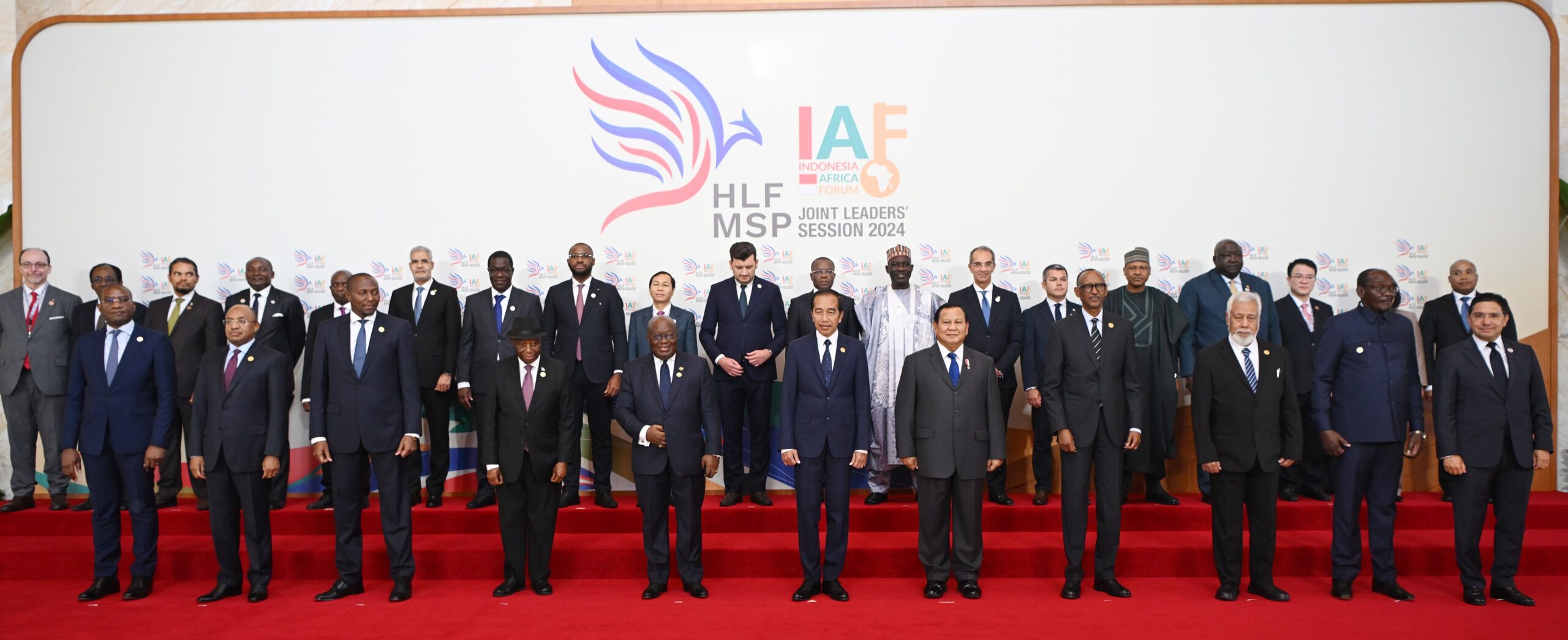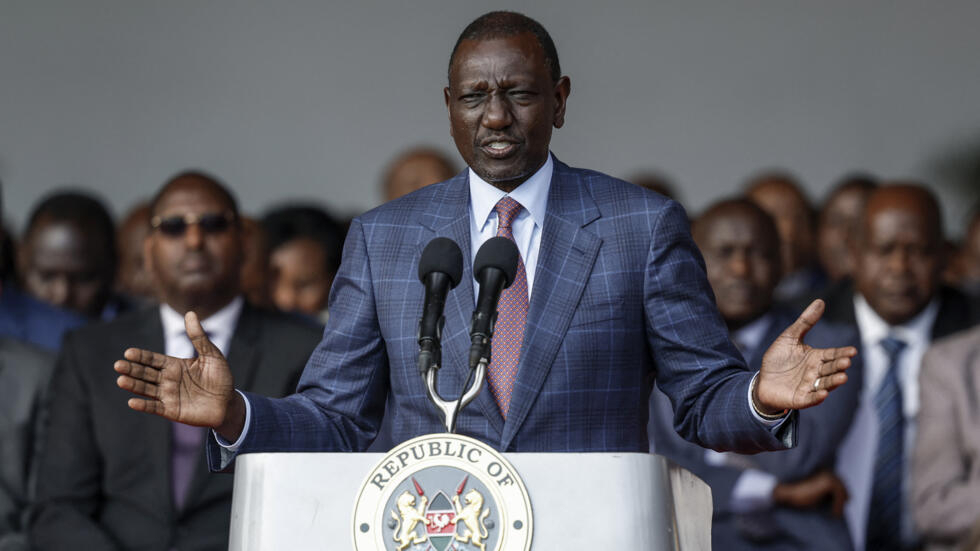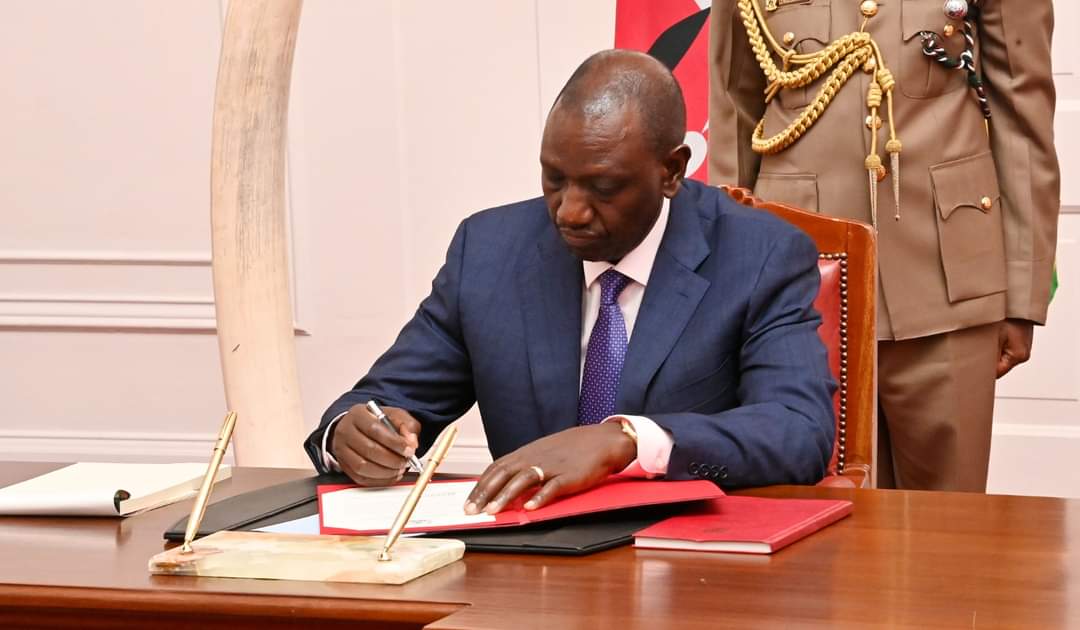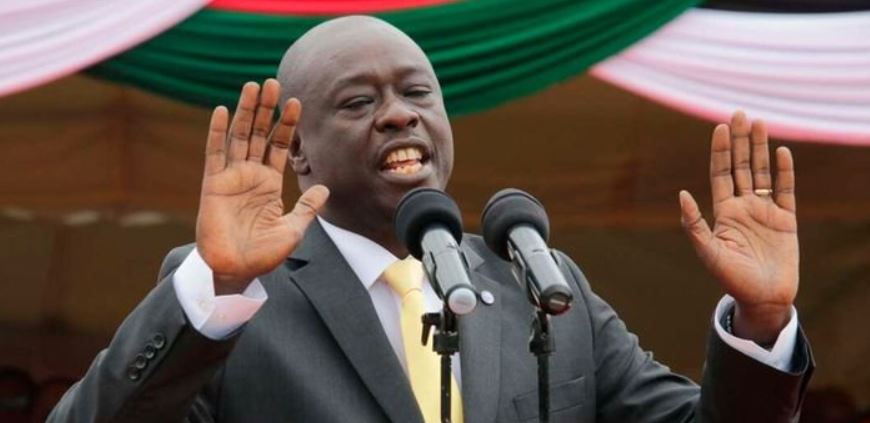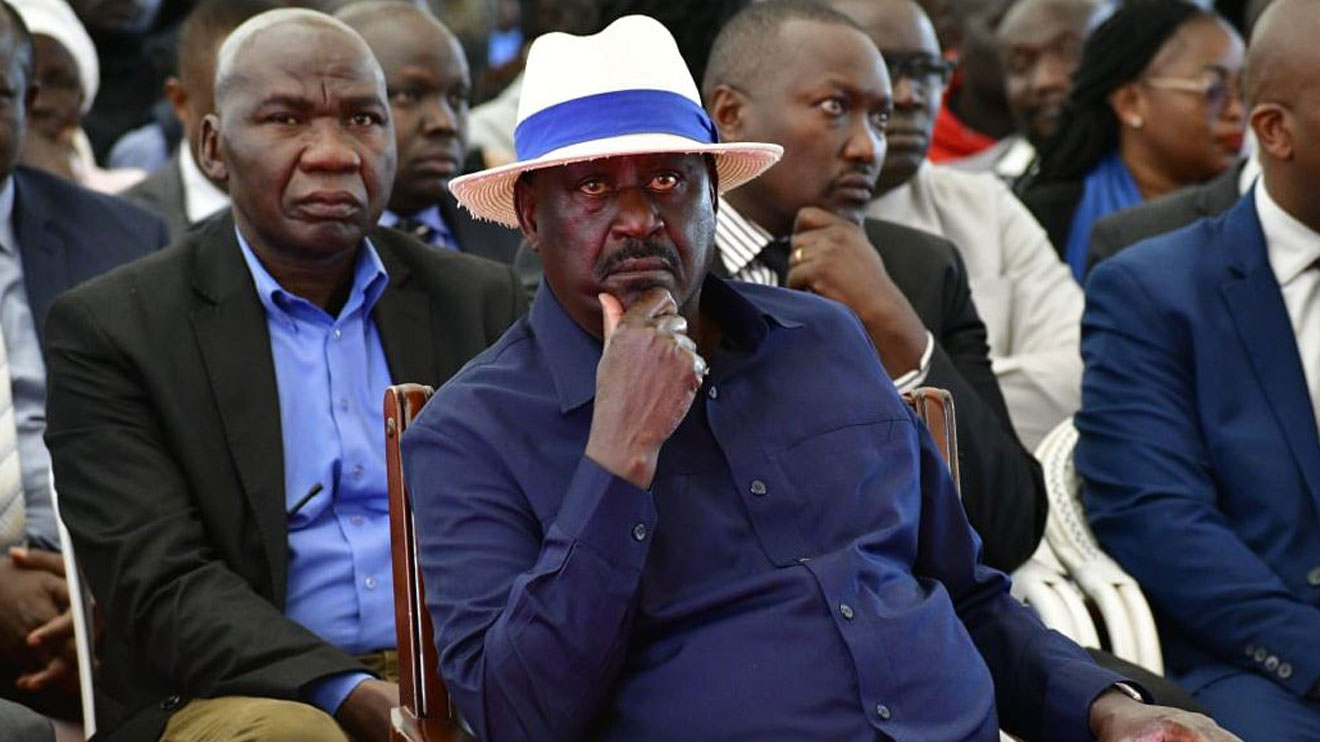In a bold move reigniting global trade debates, U.S. President Donald Trump has announced plans to impose a 25% tariff on steel and aluminum imports. The decision, revealed aboard Air Force One en route to the Super Bowl, has drawn sharp reactions from global leaders and trade partners, signaling a potential escalation in trade disputes.
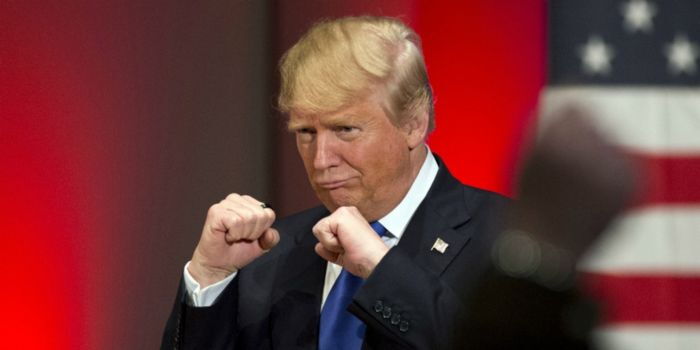

Key Details of the Tariffs
Trump’s announcement underscores his administration’s commitment to an “America First” trade policy, aimed at revitalizing domestic steel production. National Economic Council Director Kevin Hassett echoed the sentiment, describing steel production as integral to Trump’s vision of a “Golden Age” for America.
Major steel importers like Canada, Mexico, Brazil, and South Korea could feel the immediate impact of these tariffs. While no official executive orders were signed at the time of the announcement, the White House confirmed plans for broader “reciprocal tariffs” later in the week to address what Trump considers unfair trade practices.
Global Reactions and Concerns
The announcement sparked swift criticism from international leaders. French President Emmanuel Macron vowed to challenge Trump’s policies head-on, urging the U.S. to focus on China rather than European allies. Germany’s Economy Minister Robert Habeck warned of the mutual losses such conflicts create but pledged a unified European response to protect regional interests.
China, a frequent target of Trump’s trade measures, issued a stark warning against escalating tensions. Chinese Foreign Ministry spokesperson Guo Jiakun stated, “There is no winner in a trade war.”
Impacts on Markets and Trade Partners
Despite the announcement, global markets seemed resilient. European and Asian stocks rose on Monday, indicating possible “tariff fatigue” among traders, according to Kathleen Brooks, Research Director at XTB. In contrast, the U.S. dollar strengthened against currencies like the Canadian dollar and Mexican peso.
China, in response to earlier U.S. tariffs, began imposing its own levies on American coal and liquefied natural gas. The tit-for-tat measures have raised fears of prolonged economic tensions between the world’s two largest economies.
The Domestic Perspective
Domestically, Trump defended the tariffs, asserting that foreign exporters would bear the costs rather than U.S. consumers. However, experts remain skeptical, warning of potential price increases for American buyers.
While the administration claims these measures aim to protect U.S. industries, Trump has acknowledged that Americans might experience some economic discomfort as a result.
Looking Ahead
As the U.S. prepares to roll out additional trade measures, the world watches closely. The coming days may bring further developments, particularly with Trump’s promise of reciprocal tariffs to balance international trade.
Stay tuned for updates on this unfolding story and its global implications.









































































